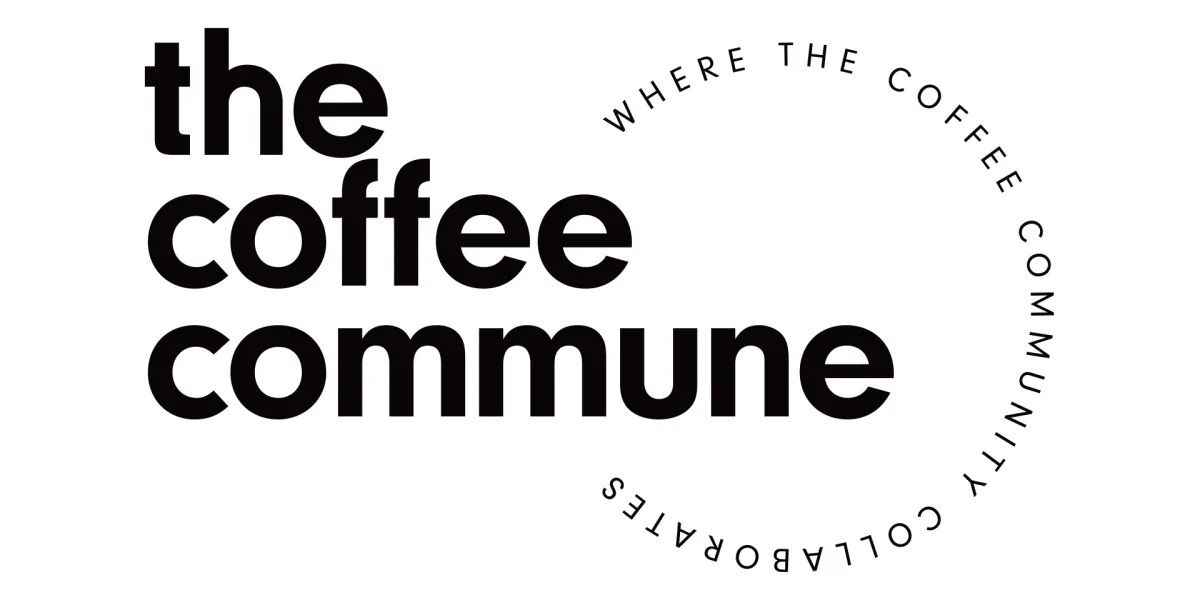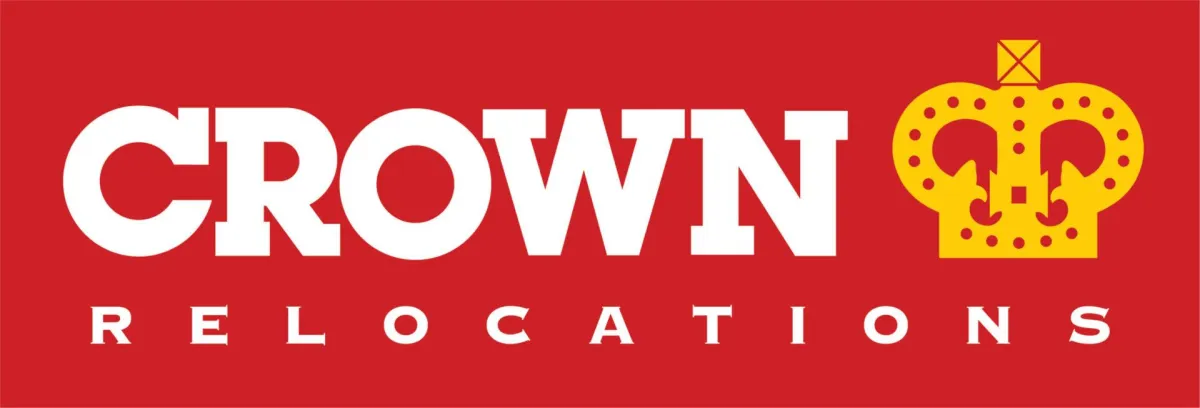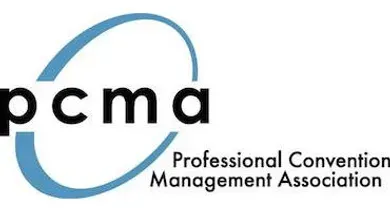☎️ +61 401 442 464
The Middle Matters
Like a burger, the best is in the middle
I help organisations lift performance, engagement, and leadership strength by developing and retaining their mid-level leaders: the heartbeat of every organisation.
🍔 🍔 🍔
Middle managers are like burgers: the best is in the middle, but only if the ingredients are right!
🍔 🍔 🍔
Click the image to play the video ⤵︎
Why Sally?
I’m the only speaker who turns the most overlooked layer of the organisation - the middle - into a high-impact powerhouse with leadership tools so practical, tasty, memorable and entertaining that they transform performance the moment people walk back into work.
Whitepaper: Retaining High -Performing Middle Managers --->
Customised. Collaborative.
Seamless from enquiry to applause.
CONFERENCE PRESENTATIONS
A global award winning Certified Professional Speaker, Sally is the perfect presenter for your association and management conference delivering powerful messages through entertaining in-person presentations and world class virtual experiences.
LEADERSHIP DEVELOPMENT
A Hall of Fame awarded Educator, Sally's programs have proven ROI. Unlock Your Middle Managers’ full potential with a range of, high-touch, transformational Leadership Development Programs – empowering your Middle Managers today!
LEAD FROM THE MIDDLE
Middle Managers are busy and missing essential leadership and professional development. The LEAD FROM THE MIDDLE Community is your on-demand portal for leadership development, growth, connection.
EXPERT GUIDANCE
Coaching packages to suit your needs: One-on-one, management team, ad hoc/ one-off coaching sessions and packages.
Qualifed in execuitve, confidence and group coaching, Sally is your first choice for your managers.
A bit more about sally
Sally Foley-Lewis inspires middle managers to be high performing, purposeful and productive. Above all, she builds confidence: confident middle managers get the work done!
Sally’s keynote speeches, masterclasses, live, online and recorded programs, and products positively impact confidence, leadership and results. Her range of programs are proven to give a real return on investment.
Leadership development is not a one-size fits all.
She’s a multi-award winning global middle manager expert: focusing on leadership and professional development. The Recipient of the 2024 Educator Award for Excellence, she is a Certified Speaking Professional, Virtual Presenter and Facilitator.
Having authored multiple books, her book The Productive Leader was endorsed by best selling author and global personal development guru, and author of the best selling book Eat That Frog, Brian Tracy.
The drive to support and skill middle managers comes from her own CEO, senior leadership experiences, being a middle manager and reporting to plenty of them during her early career years.
Sally is not 'another leadership speaker' - she's the global middle manager expert your mid-level managers need!







Sally has been engaged by (and more) ...



















































TESTIMONIALS
What others say about Sally
"Content that's going to make me better "
🍔 🍔 🍔 🍔 🍔
"Crawl over broken glass to get her"
🍔 🍔 🍔 🍔 🍔
"She presents like a pro"
"Magnificent job to set the scene"
"Fantastic"
"Saving 64 days in productivity"
"Sally was sensational!"
Her expertise in guiding us through the nuances of leadership, process, and strategy was brilliant. Her interactive and engaging style ensured that each participant left with renewed confidence and clarity.
- Debbie Fletcher
"I would highly recommend Sally"
I completed a Middle Managers course with Sally and found her to be incredibly engaging and knowledgeable. The course was extremely interactive and gave us the opportunity for self reflection and to apply the learnings to our real world challenges and opportunities.
- AgriFutures Australia
"Many thanks Sally"
I attended the webinar that Sally presented on the "Five Habits of High Performing Middle Managers"! Inspiring and succinct content, energetically and authentically presented, great "take home" reminders for seasoned managers, and powerful suggestions for new managers.
- Jan Maples
"Totally captivating"
"Hilarious acronyms" & "Help me make a huge difference."
"Just mind blowing"
"Experienced and Professional"
Sally was very experienced, conducted herself professionally, and had a wealth of theoretical and real-world knowledge to draw upon.
- Director Governance and Strategic Partnerships, Australia Radiation Protection and Nuclear Safety Agency
"Engaging"
Sally was really engaging, and the content allowed for ample group discussions to openly explore real life examples and scenarios.
- Head of People and Process,
Express Travel Group
"Informative and engaging"
Sally was informative and engaging! I took away many tools that I will implement in my career moving forward.
- Manager, Administration & Business Support, Pacific Energy
MIDDLE MANAGER RESEARCH PROJECT
Are you navigating the squeeze from the top and the pressure from below?
Please share your experience and help shape the future of middle management.
2 Core Research Questions
1. What influence strategies do middle managers use to lead effectively without formal authority, and how do these strategies impact organisational outcomes?
2. How does role ambiguity shape the leadership identity and self-concept of middle managers?

Impact of This Research
This research aims to find the following:
📌 Identify the most effective influence tactics and when to use them.
📌 Help redefine leadership success beyond formal power.
📌 Identify the leadership identity needs of middle managers.
📌 Provide a roadmap for organisations to create role clarity.
📌 Equip L&D teams to better prepare middle managers for real influence.
📌 Inform coaching, L&D, and succession planning.

Copyright © 2025 Sally Foley-Lewis
Sally Foley-Lewis: Your Trusted Expert for Middle Manager Development
Copyright © 2025 Sally Foley-Lewis, All Rights Reserved.

Facebook
LinkedIn
Youtube
Instagram